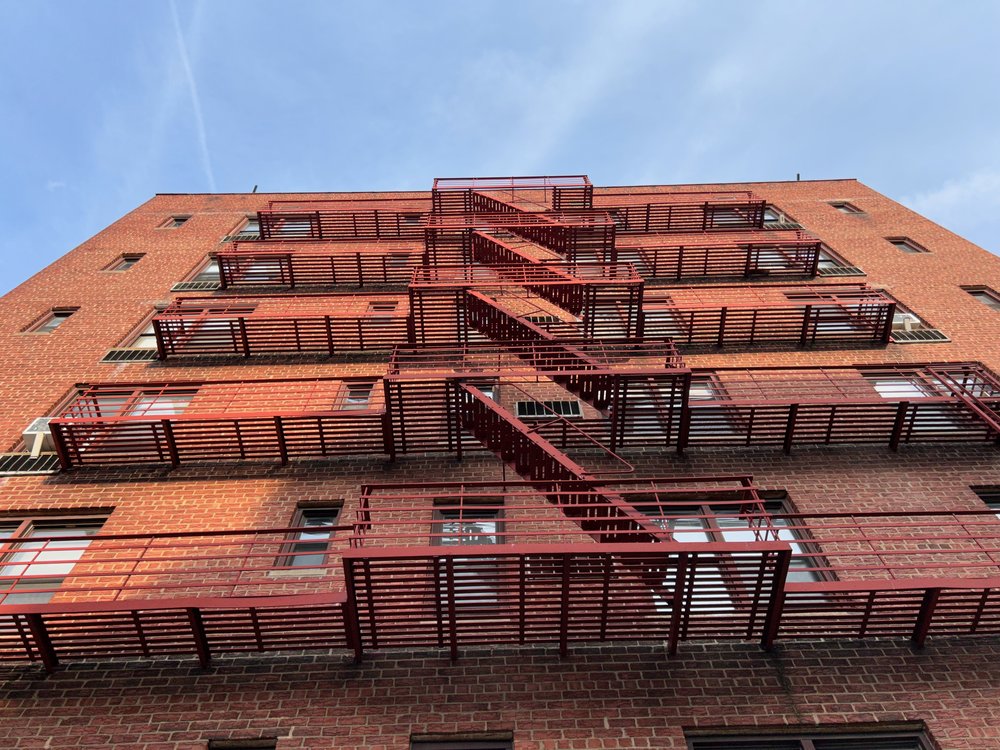Adams administration ‘inflated’ costs of expanding NYC rental assistance program, Council says
Jan. 8, 2024, 5:14 p.m.
The report comes as the mayor continues to battle with the City Council over bills that would expand the CityFHEPS rental assistance program.

The City Council is citing a newly released report from a fiscal watchdog to claim that Mayor Eric Adams’ administration exaggerated the costs of legislation aimed at letting more people access the city’s existing rental assistance voucher program. The bills are set to go into effect on Tuesday.
The report – released by the Independent Budget Office on Monday – is the latest development in the back-and-forth between the mayor and the City Council after the latter passed several bills expanding the City Fighting Homelessness and Eviction Prevention Supplement program over the summer.
“None of the governmental estimates fully account for the long-term economic savings and social benefits of maintaining people in safe, stable housing,” the City Council said in a press release.
On Monday, the Council said that the IBO analysis shows that the Adams administration used an “inflated per voucher cost” to come to its $17 billion project – compared to the $10.6 billion estimation from the Council. In addition to not accounting for the “long-term savings” of expanding the program, the Council said that the Adams administration “exacerbated” certain challenges in managing the CityFHEPS program.
“These underscore how the Administration’s agency and budget management issues have put more New Yorkers at risk of eviction and homelessness,” the City Council said in the release.
Charles Lutvak, a spokesperson for City Hall, said the Council is misinterpreting the IBO’s report.
“As IBO identified, the city’s projection falls well within the state comptroller’s projected range — and the Council should join our administration in enabling the creation much-needed new housing, which is critical for any expansion of CityFHEPS,” he said.
Lutvak told Gothamist that the legislation — and it’s $17 billion price tag — “will make it harder for New Yorkers in shelter to move into permanent housing at a time when there are 10,000 households in shelter that are eligible for CityFHEPS and force more painful budget cuts onto working-class New Yorkers.”
Christine C. Quinn, who heads Win NYC, which provides services to the city’s population of homeless families, stood by the Council’s statements. She said that New Yorkers “deserve an explanation or an apology” from the Adams administration.
“Using fuzzy math to justify a bad policy position is simply wrong,” Quinn said in a statement to Gothamist. “Whether this was accidental or intentional, the outcome was the same: an unconscious attempt to undermine policies that will help tens of thousands of New Yorkers avoid homelessness while saving the City hundreds of millions of dollars.”
There is a record number of people experiencing homelessness in New York City: an estimated 89,105 were residing in the Department of Homeless Services' shelter system as of Dec. 20, according to the Community Service Society of New York.
Last year, the City Council overwhelmingly approved four bills aimed at removing “arbitrary obstacles” that stop more homeless people from accessing the CityFHEPS rental assistance program, Speaker Adrienne Adams said after the bills passed in May.
Citing potentially astronomical costs that could come with expanding CityFHEPS, the mayor vetoed the housing bills a month later – the second time he’s attempted to squash already-passed legislation in his term. The Council then overrode the mayor’s veto – setting the way for a potentially lengthy court battle in the near future.
The legislation will go into effect on Tuesday.
This story has been updated.
Correction: A previous version of this story misstated the official name of the Independent Budget Office.
Upstate counties are blocking NYC’s rental voucher expansion, and no one’s stopping them NYC will pay to house low-income residents outside the 5 boroughs